How to Recycle Used Vape? An Authoritative Guide to Responsible Vape Disposal
With millions of vape devices reaching the end of their life each year, the question “How to recycle used vape?” has never been more urgent. Used vapes—including both disposable e‑cigarettes and rechargeable vape pens—contain a mix of hazardous materials such as lithium‑ion batteries, plastics, metals, and residual vape liquid. If not disposed of properly, these components can contribute significantly to environmental pollution, fire hazards, and the depletion of valuable resources like lithium. In this comprehensive guide, we explore what constitutes a “used vape,” the environmental impact of improper disposal, current regulatory guidelines, and a detailed step‑by‑step process to safely recycle your used vape. We also share practical tips, answer frequently asked questions, and provide authoritative resources to help you make informed decisions.
Introduction: Why and How to Recycle Used Vape?
The rise in vaping popularity has led to an alarming surge in vape waste. Every week, millions of vape devices are discarded, often in general waste bins or left as litter, posing serious risks to public safety and the environment. Recycling used vapes not only mitigates the environmental impact but also conserves valuable materials like lithium, which is critical for electric vehicle batteries. As both consumers and regulatory bodies become more aware of these issues, understanding how to recycle used vape properly is essential. This article provides a clear, authoritative roadmap for responsible vape recycling, emphasizing safety and sustainability at every step.
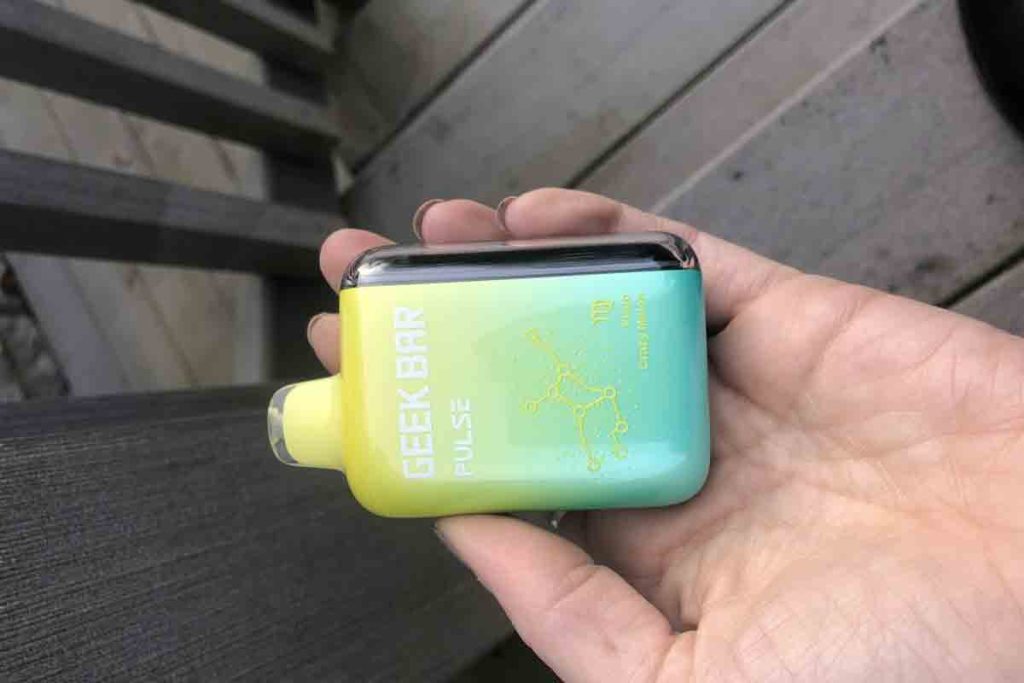
What Is a “Used Vape”? Understanding the Components
Before diving into recycling techniques, it is important to define what we mean by a “used vape.” Whether it’s a disposable vape or a rechargeable vape pen, a used vape typically consists of several key components:
- Lithium‑Ion Battery: Powers the device and poses the highest risk if not handled properly.
- Plastic Housing and Casing: Often made from non‑biodegradable plastics that contribute to long‑term waste.
- Electronic Circuitry: Includes boards and wiring that may contain valuable metals.
- Residual Vape Juice and Cotton Wicks: Leftover e‑liquid, which can be toxic if improperly disposed.
Understanding these components helps in determining the most appropriate recycling or disposal methods for each part. Each material requires a different handling process to prevent contamination and reduce potential hazards.
Environmental Impact of Improper Vape Disposal
The Cost of Not Recycling Used Vapes
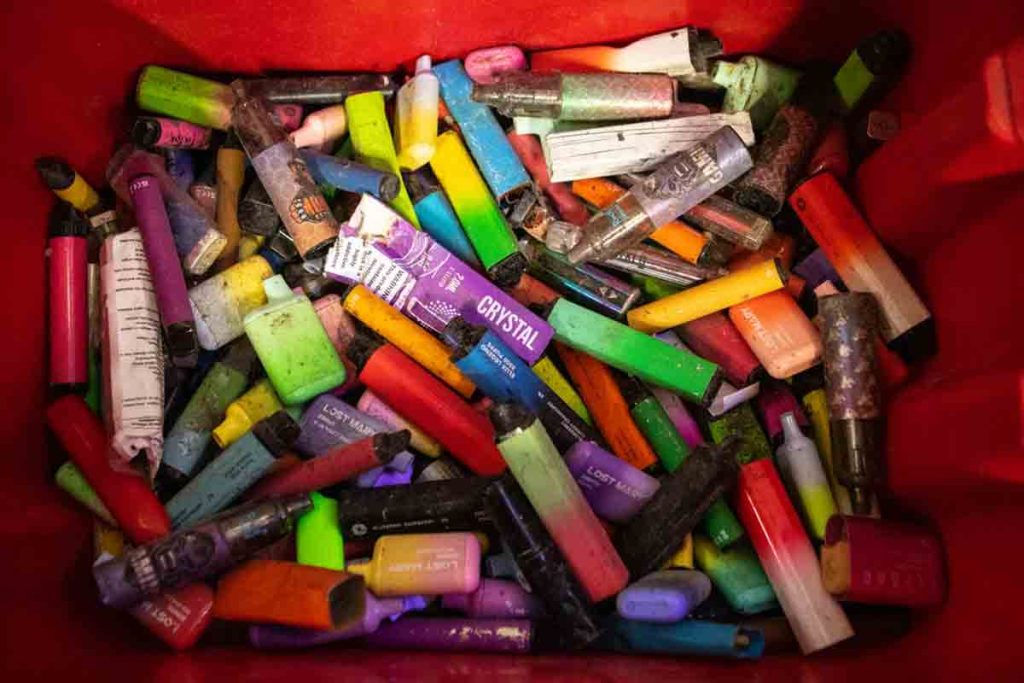
Improperly discarded vapes have far‑reaching environmental consequences:
- Hazardous Waste and Fire Risks:
Lithium‑ion batteries are notorious for their potential to ignite when damaged or improperly compacted. When used vapes are thrown into general waste bins, the batteries can be crushed by trash compactors or damaged during transport, leading to fires that endanger waste management facilities and public safety. According to research by the recycling charity Material Focus, eight million vapes are either improperly recycled or simply thrown away each week in the UK, which has led to a significant rise in battery‑related fires. (Single-use vapes sparking surge in fires at UK waste plants) - Toxic Chemical Release:
The residual vape juice and other chemicals present in used vape devices can leak into soil and water if not contained properly. These chemicals are not only harmful to wildlife but also pose risks to human health. The environmental hazards are compounded when the plastic and electronic components do not degrade and accumulate in landfills. - Wastage of Valuable Resources:
Lithium, a critical component in rechargeable batteries, is a finite resource. Recycling lithium from used vapes can help offset the environmental and energy costs of mining new lithium. It is estimated that the lithium contained in disposable vape batteries could power thousands of electric car batteries each year.
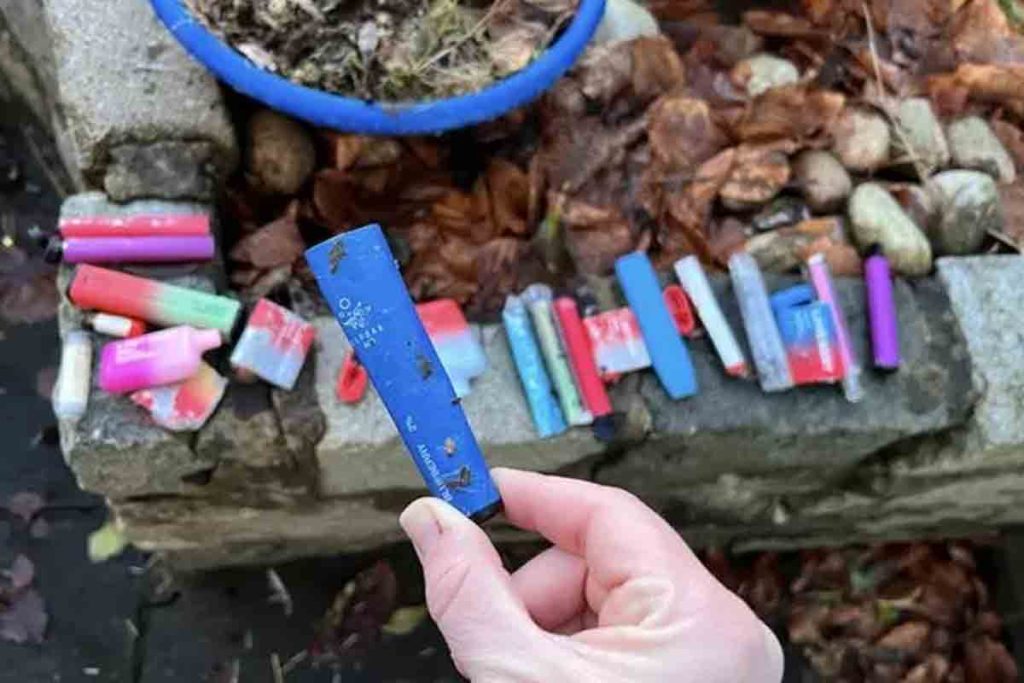
By recycling used vapes, we can prevent hazardous waste from entering the environment, reduce the incidence of battery fires, and conserve precious resources for future technological applications.
Regulatory Landscape and Recycling Guidelines for Used Vapes
Guidelines from Government and Environmental Agencies
Government agencies such as the U.S. Environmental Protection Agency (EPA) have established guidelines for disposing of electronic waste safely. Although specific rules may vary by locality, the EPA strongly advises against disposing of e‑cigarettes and vape devices in regular trash or recycling bins due to their hazardous components. Instead, these devices should be treated as electronic waste (WEEE – Waste Electrical and Electronic Equipment) and handled by specialized recycling programs.
Local Recycling Challenges
Many municipalities have set up dedicated hazardous waste collection sites or recycling centers equipped to manage e‑waste. In-store recycling programs at vape shops and retailers are increasingly common, although studies show that only about 20% of vapers take advantage of these options. Moreover, while recycling programs for traditional electronics are well established, the unique mix of hazardous and electronic materials in vapes poses additional challenges.
Upcoming Legislation and Initiatives
In response to growing environmental concerns, some governments are beginning to implement measures to hold manufacturers and online marketplaces accountable for the recycling and proper disposal of used vape devices. These measures aim to create a more sustainable circular economy by ensuring that producers contribute to recycling programs and that waste is managed responsibly.
Disposable Vape Recycling Company, UK
1.3 million disposable (single-use) vapes are thrown away every week, enough to cover 22 football pitches every year. The number of vapes thrown away are contributing to the fastest-growing waste stream in the UK with over 155,000 tonnes of electrical waste thrown away every year and 527 million electrical items hoarded in UK homes, according to new research commissioned by Material Focus.
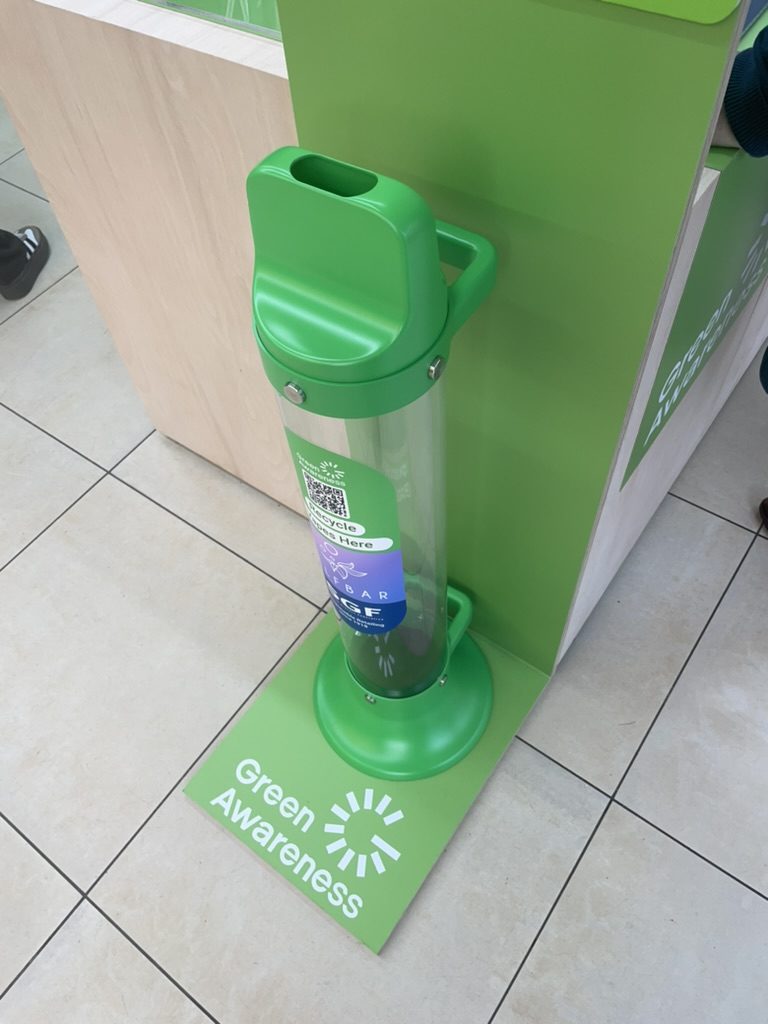
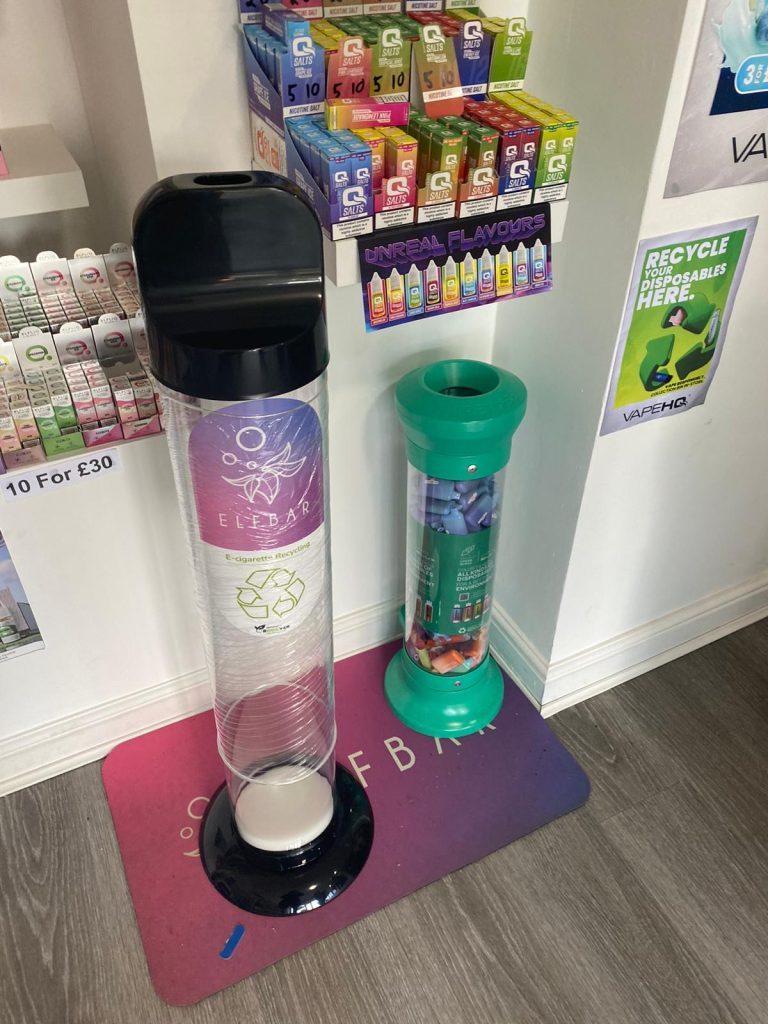
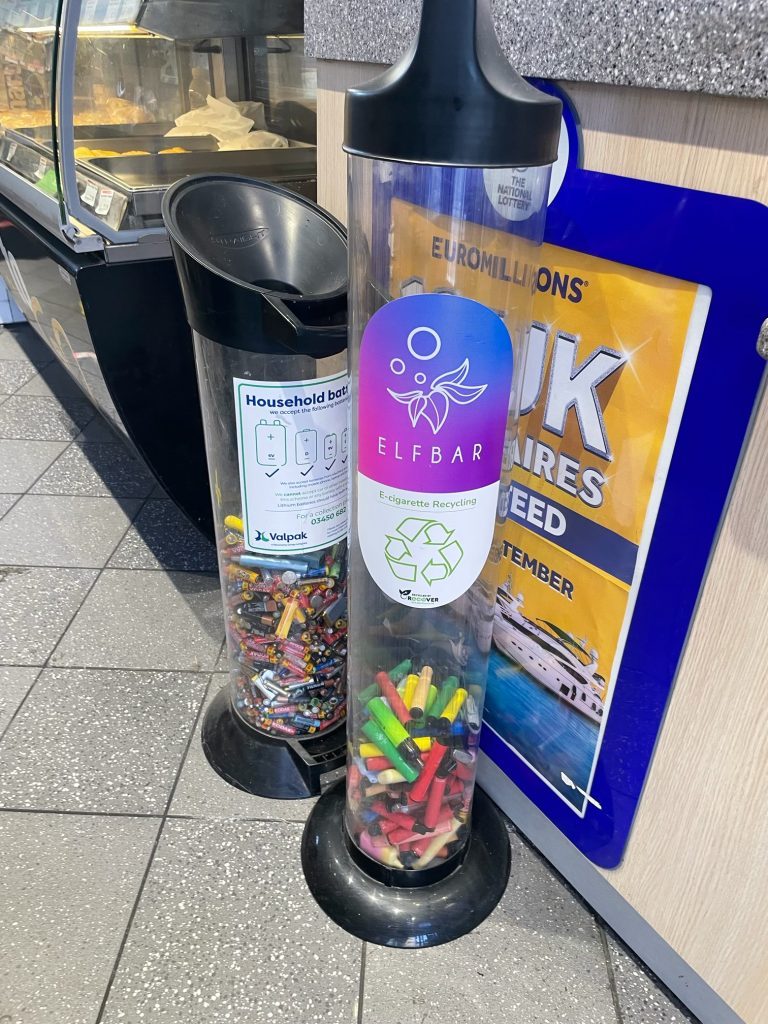
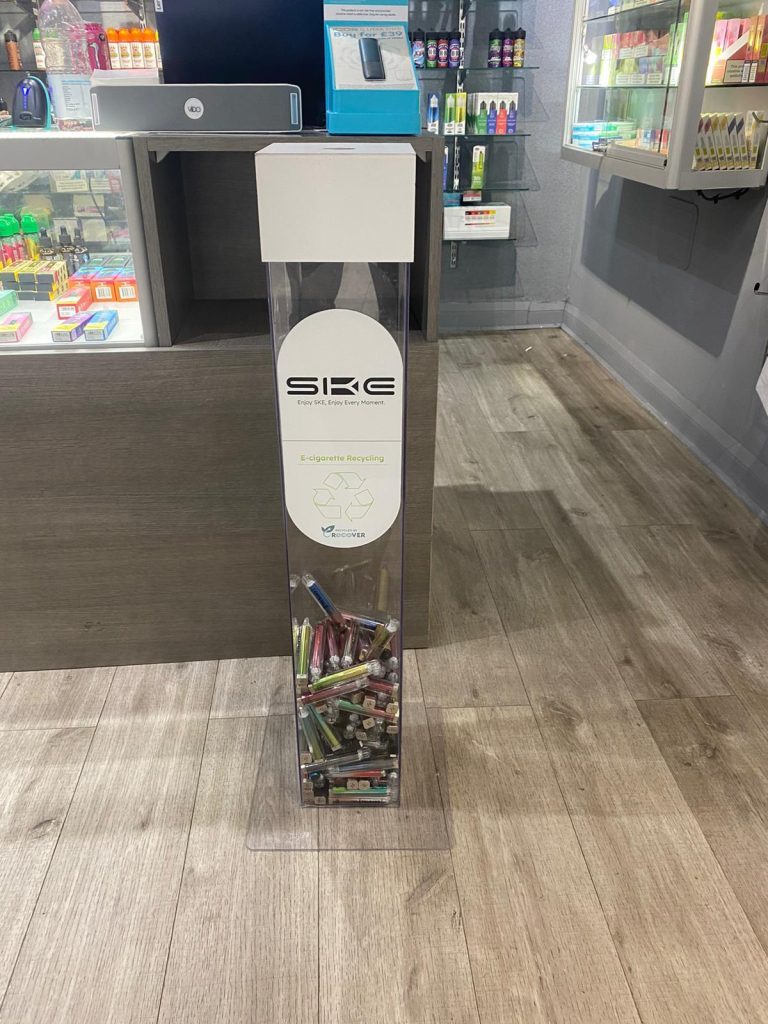
How to Recycle Used Vape: A Step‑by‑Step Guide
Recycling used vapes involves several careful steps to ensure safety and maximize material recovery. Here’s a detailed guide to help you through the process.
Step 1: Preparation and Safety Measures
Safety First:
Before attempting to recycle a used vape, take proper precautions to protect yourself:
- Wear Gloves: Always wear disposable gloves to avoid direct contact with nicotine and other chemicals.
- Work in a Ventilated Area: Ensure you are in a well‑ventilated space to avoid inhaling any fumes.
- Gather Tools: You may need small screwdrivers, pliers, and non‑conductive tape to safely handle battery terminals.
Why Safety Matters:
Used vapes can still contain active batteries and chemical residues. Mishandling these components could lead to short‑circuits, chemical burns, or even fires.
Step 2: Disassembling Your Vape
Separate the Components:
- Remove the Battery: Carefully detach the lithium‑ion battery from the vape device. If the battery terminals are exposed, use non‑conductive tape to cover them before removal.
- Open the Casing: Use a small screwdriver or similar tool to unscrew or pry open the plastic housing.
- Extract Electronic Components: Remove the circuit board and any wiring. These components often contain precious metals that can be recycled.
- Handle Residual Vape Juice: If any e‑liquid remains, dispose of it as hazardous waste. The cotton wick, which is usually contaminated, should be discarded in accordance with local hazardous waste guidelines.
Step 3: Where to Recycle Your Used Vape
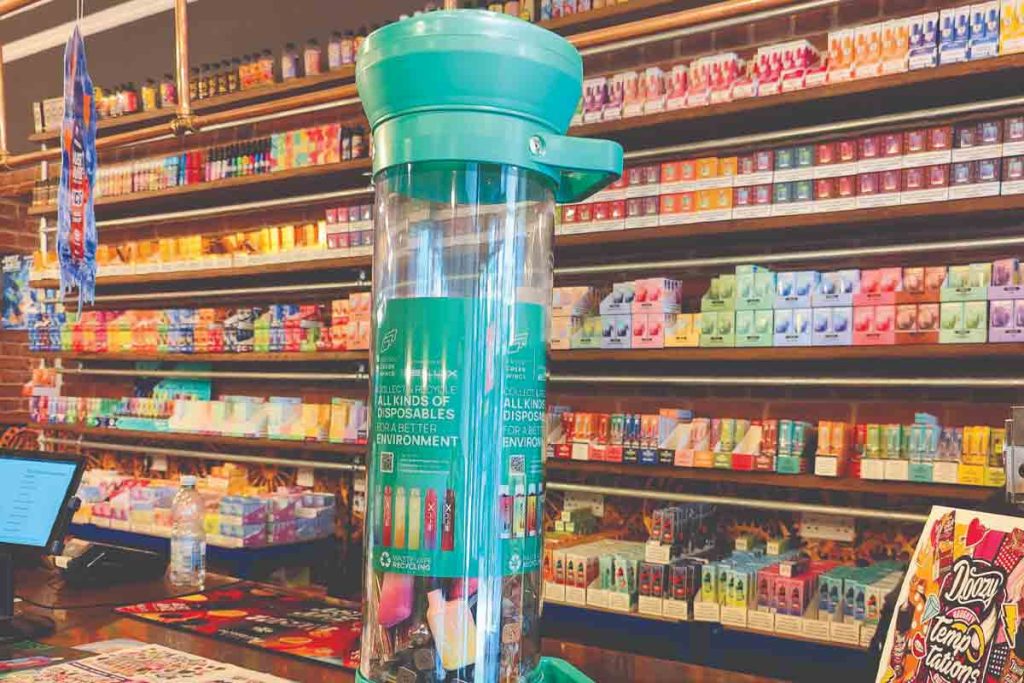
Local Recycling Options:
- In‑Store Recycling Programs: Many vape shops and major retailers (such as Home Depot or Best Buy) offer drop‑off recycling programs for used vape devices and batteries.
- Household Hazardous Waste Facilities: Check with your local waste management authority for designated hazardous waste collection sites that accept electronic waste.
- WEEE Bins at Recycling Centres: When possible, dispose of the disassembled components in dedicated WEEE recycling bins. These bins ensure that electronic waste is handled properly and that materials such as plastic, metal, and battery components are recovered.
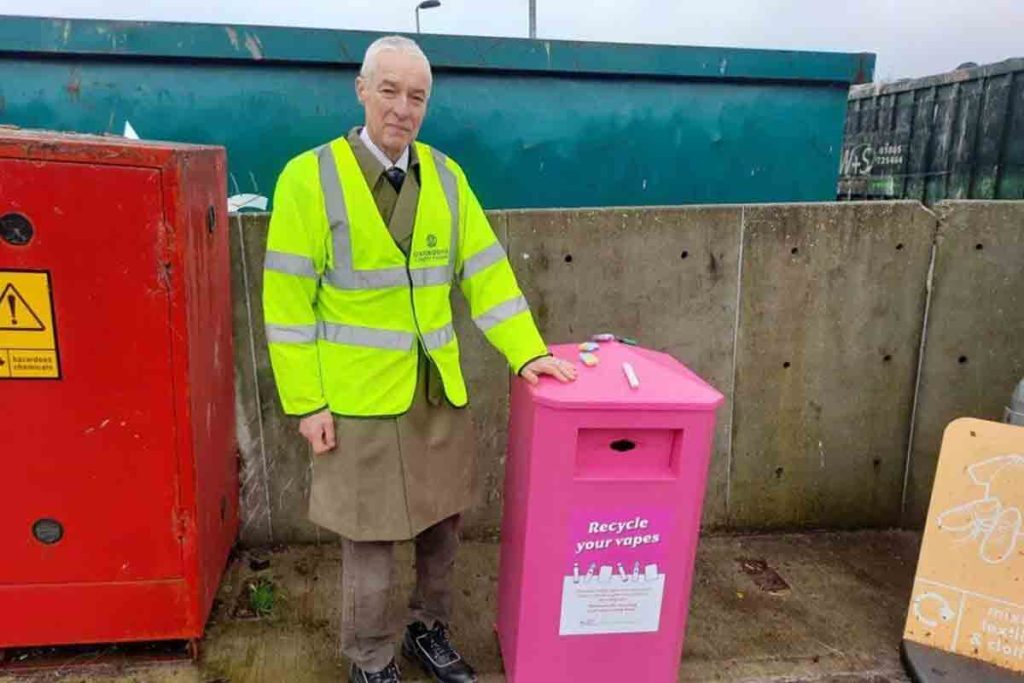
Using Online Tools:
Websites like Earth911 and Call2Recycle can help you locate nearby recycling centers that accept vape waste. Simply enter your ZIP code or local area details to find the closest facility.
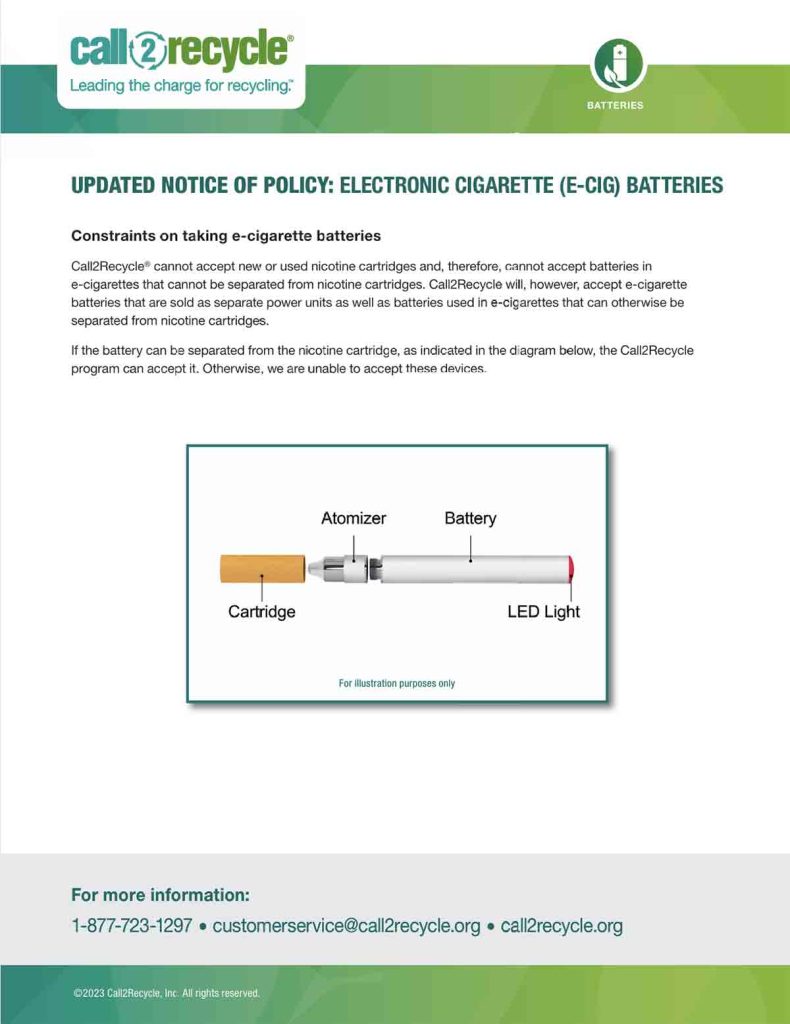
Step 4: Proper Disposal of Each Component
Battery Recycling:
Lithium‑ion batteries must be recycled separately. Do not mix them with other household waste. Bring these batteries to a certified recycling center or a drop‑off location provided by retailers that accept used batteries.
Plastic and Electronic Components:
Place the disassembled plastic casing, circuit board, and wiring into appropriate e‑waste bins. Many recycling centers are equipped to sort and process these materials for reuse in new products.
Hazardous Waste:
Any materials contaminated with residual vape juice or chemicals should be treated as hazardous waste and disposed of accordingly. Follow your local hazardous waste guidelines to ensure safe disposal.
Best Practices & Tips for Responsible Used Vape Recycling
Reduce, Reuse, and Recycle
While recycling is essential, the best way to address vape waste is to reduce it at the source:
- Switch to Refillable or Rechargeable Systems: Using a vape device designed for long‑term use can dramatically reduce waste. Refillable pods and rechargeable batteries produce far less waste than single‑use devices.
- Proper Storage: If you accumulate used vapes before recycling, store them in a non‑flammable container away from heat sources until you can dispose of them safely.
- Community Initiatives: Encourage your local vape shops and community centers to set up dedicated recycling bins. Collective action can lead to more effective recycling programs and greater public awareness.
Advocate for Sustainable Change
Advocating for regulatory changes and producer responsibility is key to reducing vape waste on a larger scale. Encourage manufacturers to design devices with recycling in mind—such as making batteries easily removable—and support legislation that requires producers to contribute to recycling efforts. Consumer demand can drive industry changes toward a more sustainable circular economy.
Frequently Asked Questions (FAQs) on How to Recycle Used Vape
Q1: How do I recycle a used vape if the battery is still active?
If your vape’s battery is still active, do not dispose of the device as is. Instead, safely disassemble it by carefully removing the battery (while covering the terminals with non‑conductive tape) and then recycling the battery separately at a certified drop‑off location.
Q2: Can I recycle the entire used vape device in one go?
No, because used vapes contain different types of materials that require separate handling. The lithium‑ion battery, plastic casing, electronic components, and residual chemicals should be recycled or disposed of individually to ensure safe processing and maximum material recovery.
Q3: What should I do with any leftover vape juice or contaminated components?
Any residual vape juice and materials contaminated with chemicals must be treated as hazardous waste. Contact your local hazardous waste collection center for guidance on proper disposal methods. Do not attempt to rinse or repurpose contaminated components.
Q4: Where can I find a local recycling point for used vapes?
Many local authorities and retailers now offer recycling points specifically for electronic waste. You can use online locators such as Earth911 or Call2Recycle to find facilities near you that accept used vapes and their components. Additionally, ask your local vape shop if they have a recycling program in place.
Q5: Why is recycling used vapes important for environmental safety?
Recycling used vapes prevents hazardous materials like lithium‑ion batteries and toxic vape residues from ending up in landfills. This reduces fire risks, minimizes environmental pollution, and conserves valuable resources that can be reused in other products, thereby contributing to a more sustainable future.
Conclusion and Future Outlook
Recycling used vapes is a critical component of responsible waste management in today’s throwaway society. By following the step‑by‑step guide provided in this article, you can safely disassemble your vape devices and recycle each component appropriately—thereby reducing environmental hazards, conserving precious resources, and minimizing the risk of battery fires.
Every action counts. As consumers, adopting practices like switching to refillable or rechargeable systems can further reduce the waste generated by vaping. Likewise, community initiatives and better regulatory measures are essential to creating a sustainable recycling infrastructure for vape waste. With growing awareness and continued innovation in recycling technology, we can work together to ensure that vape waste is managed responsibly and that valuable materials like lithium are conserved for future generations.
The transition toward responsible vape recycling not only protects our environment but also sets an important example of sustainability in the electronics and consumer goods industries. As regulations tighten and recycling programs improve, the vision of a circular economy—where every product is reused or recycled—becomes increasingly attainable.
Remember: How to recycle used vape? It’s as simple as preparing the device safely, disassembling it into its component parts, and taking each part to a designated recycling center or drop‑off point. By taking these steps, you contribute to a cleaner, safer, and more sustainable future.



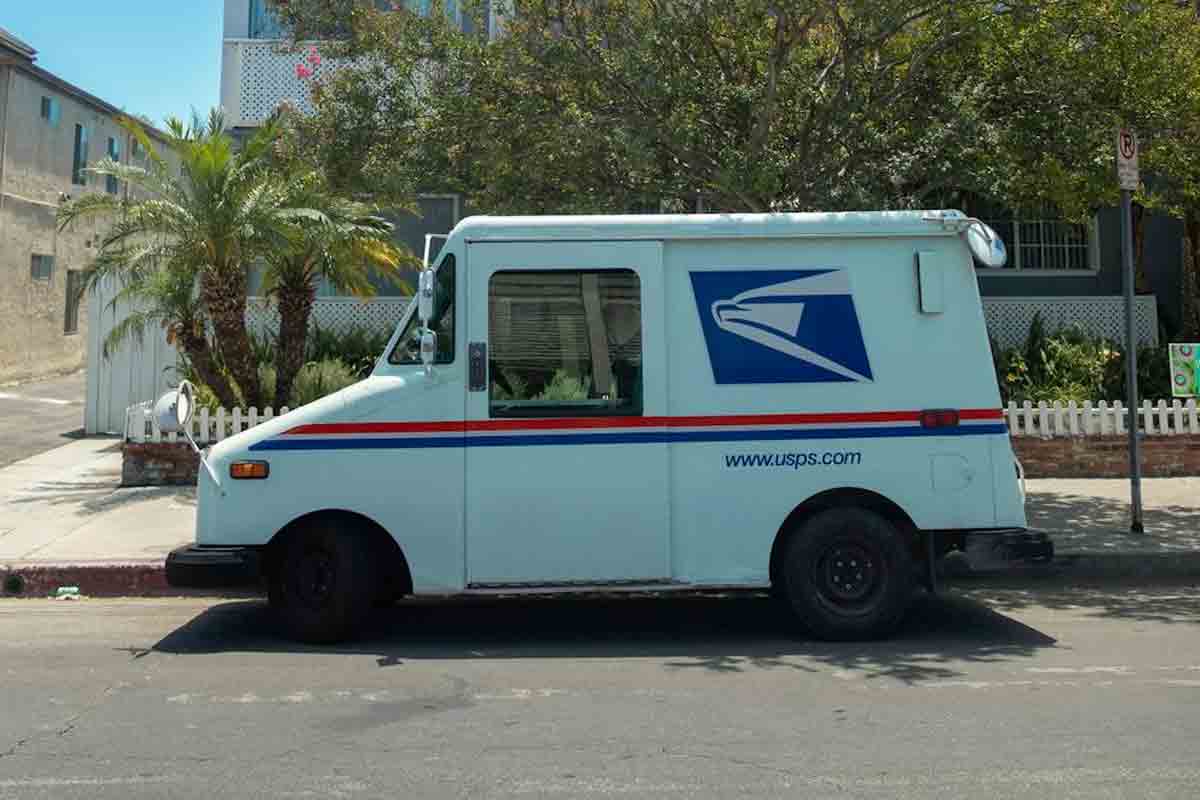
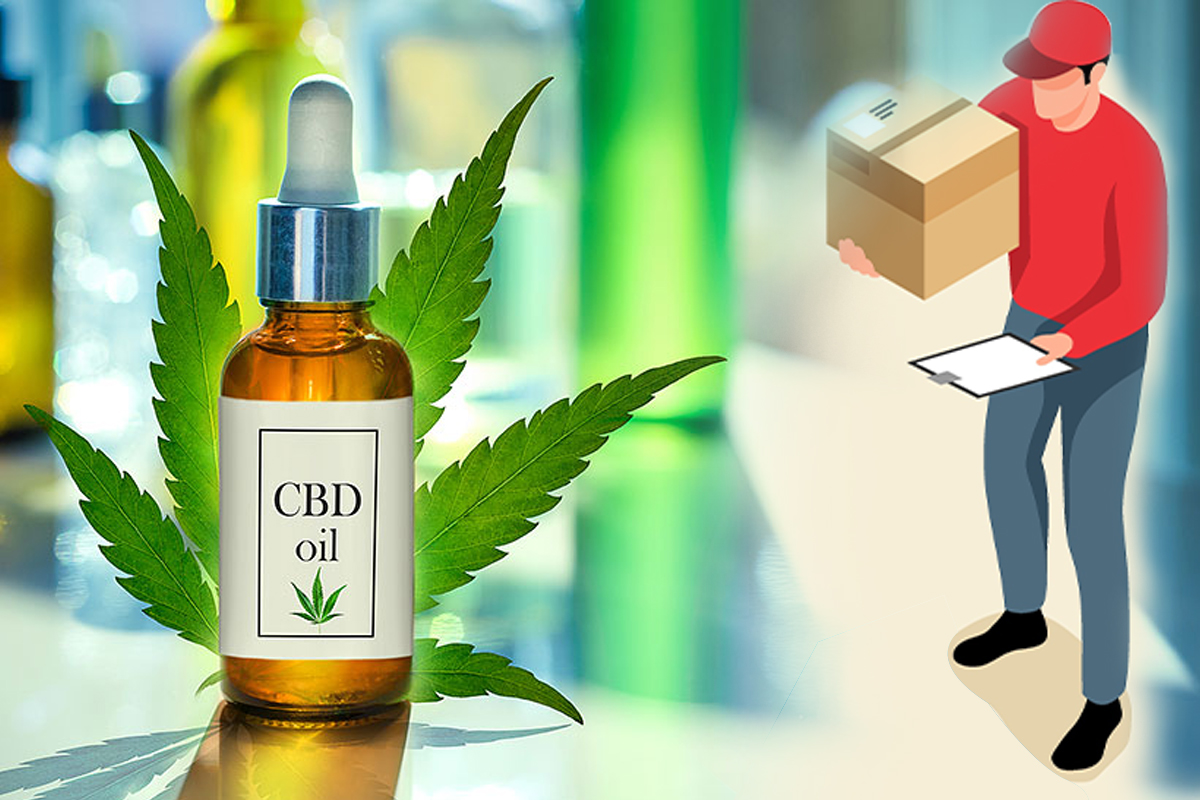
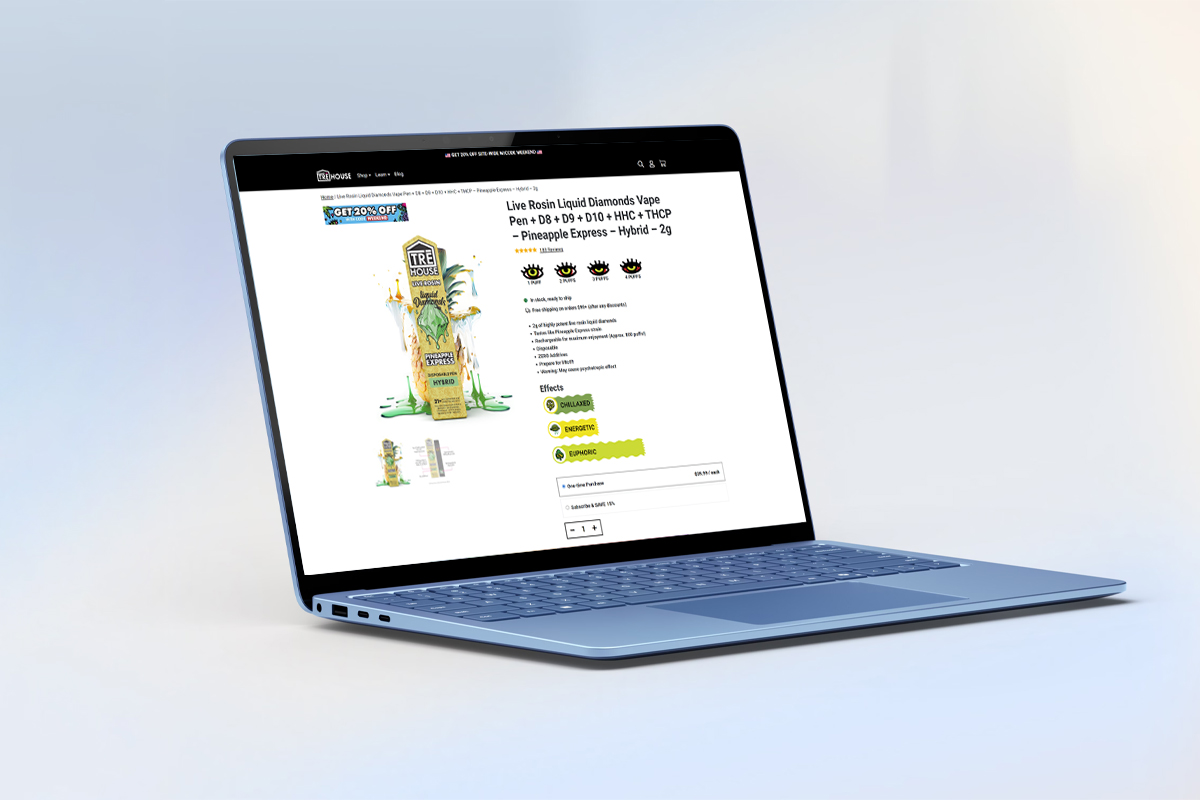
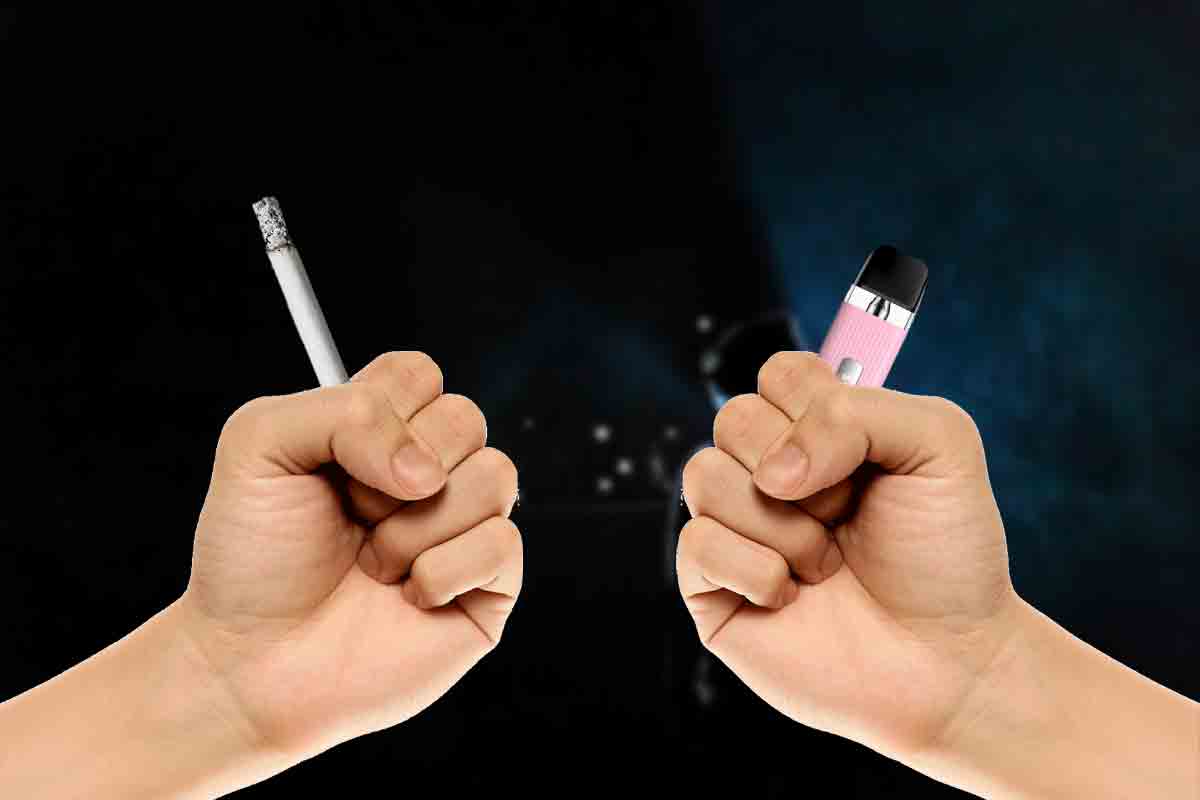
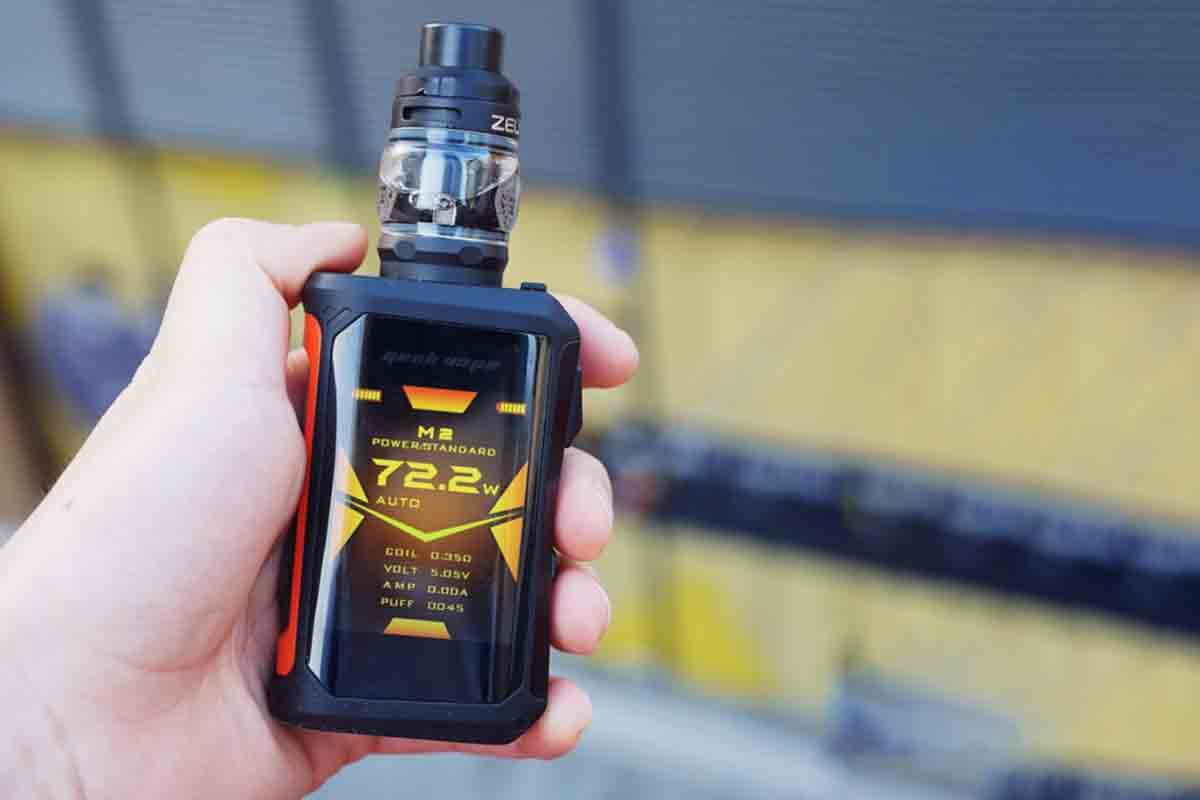

[…] Dispose of your vape responsibly: When your disposable vape is empty or the battery is dead, it’s important to dispose of it properly. Look for designated drop-off locations for electronic recycling in your area. Recycling your disposable vape helps protect the environment and ensures the safe disposal of lithium-ion batteries. […]
For me, it’s still too troublesome. I like to use vape at home? You still want me to spend money to mail the vape that I have already smoked?
You want me to pay? I definitely won’t pay for recycling.